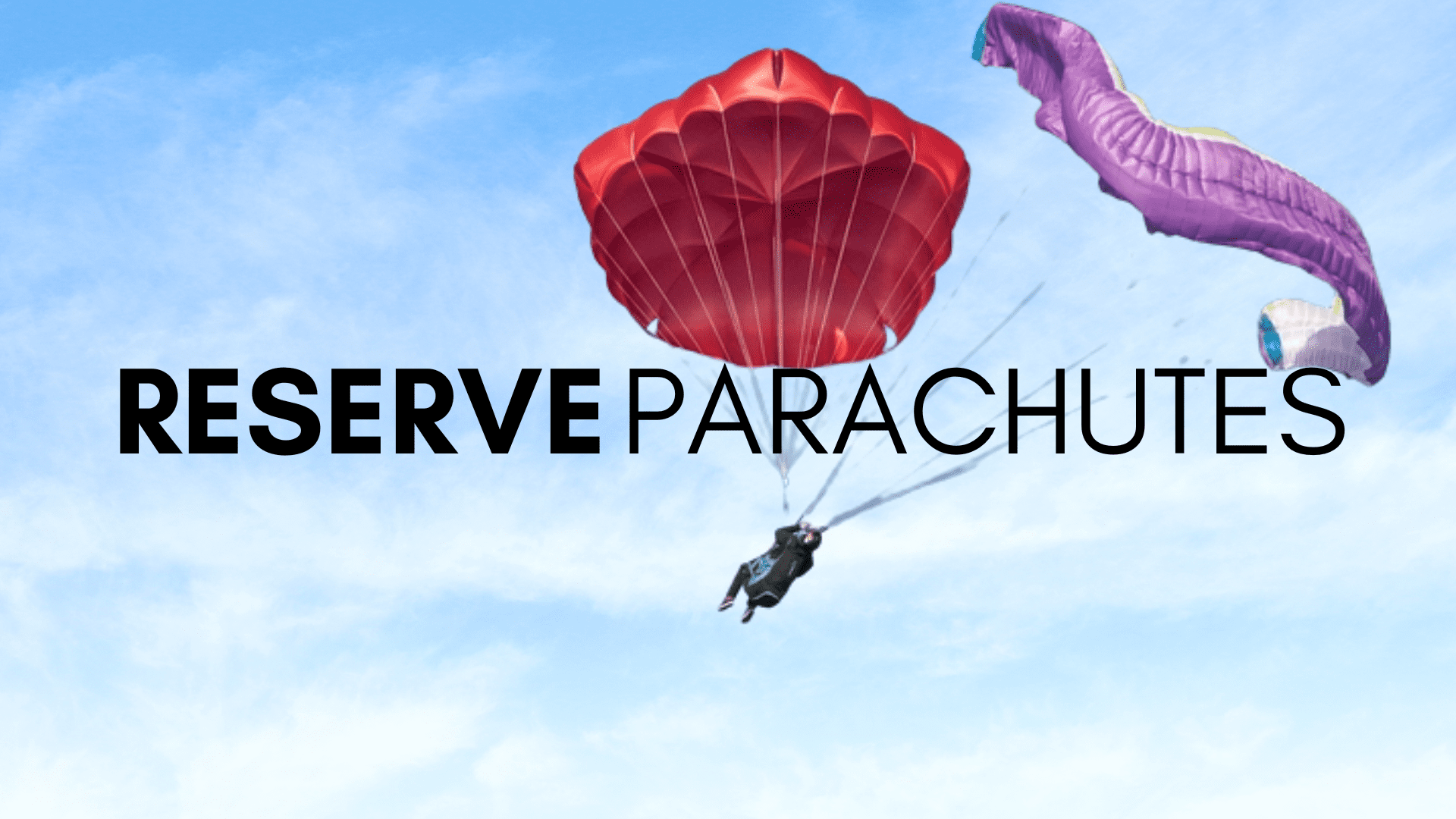
Choosing the Right Reserve Parachute: A Comprehensive Guide
Choosing the Right Reserve Parachute: A Comprehensive Guide Paragliding is an absolutely amazing experience! It is an exhilarating sport that
Choosing gear to paraglide for the first time might feel like an overwhelming, daunting task. As you browse through respected paragliding gear sites, you will come across tons of different options from varying brands to choose from, which can easily make any newbie’s head spin. What might make this even more confusing is the reality that each piece of gear for paragliding you come across is not necessarily better than the other, but more so targeted to fulfill certain pilot needs.
Now, even as a beginner, you are more than likely aware that the quality and type of gear you choose will strongly dictate the experience and safety levels you will have. Because of that, below is a comprehensive guide on critical things to look out for when gear hunting, along with some prime suggestions for you to consider as well.
First and foremost, let’s lay out the essentials you will need in order to get started. You will need to invest in:
There are quite a few things to keep in mind when picking out the right gear for paragliding. Starting with the wing itself, understanding the different classes is key. You have first wings (great for first-timers), progression wings for those who are ready to upgrade, and then you get into the more experienced ones like XC class, performance class, advanced class, and competition class. For just starting out, you will either want to go with first wings or progression.
Tip: Try going with a standard certified glider. EN-A ones are the easiest to control, whereas EN-D and CCC ones are more difficult and should be handled by pros.
It is no secret that paragliding is one heck of an exhilarating sport. In fact, it can fulfill just about any thrill seeker’s craving for adventure in ways that other activities simply cannot compete with. But whether you are learning how to paraglide now or are newly certified, choosing gear to paraglide is a fundamental element that should always be well researched and thought out. Sure, the basics are the same for every pilot, but the differences boil down to skill, goals, experience, and class levels. For example, wider wings are better for beginners because they are designed to make you fly slower.
In summary, go with the gear that you will feel confident in using. Start with beginner choices, and work your way up to the elite stuff as you get more masterful. In the end, as long as you choose paragliding gear from reputable resources that matches your performance (while giving your room to improve), then go ahead, gear up, and enjoy!

Choosing the Right Reserve Parachute: A Comprehensive Guide Paragliding is an absolutely amazing experience! It is an exhilarating sport that

Paragliding — an adventure not like any other. In this sport, you aren’t just tested physically; you master your body,

When it comes to paragliding, safety is of the highest priority. Your control center, the most important component of your
No account yet?
Create an Account